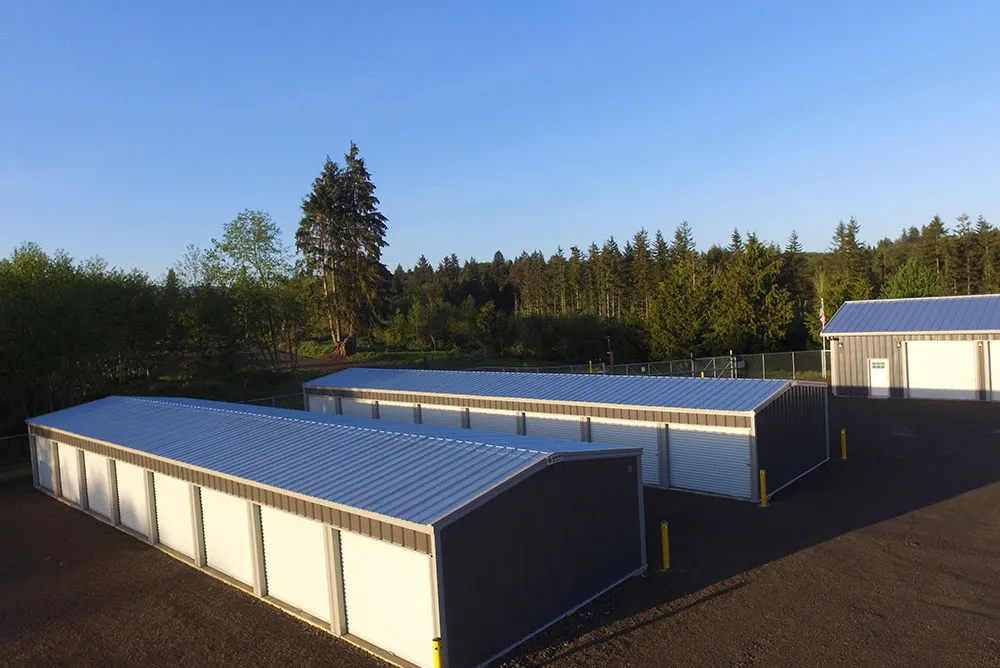- Afrikaans
- Albanian
- Amharic
- Arabic
- Armenian
- Azerbaijani
- Basque
- Belarusian
- Bengali
- Bosnian
- Bulgarian
- Catalan
- Cebuano
- Corsican
- Croatian
- Czech
- Danish
- Dutch
- English
- Esperanto
- Estonian
- Finnish
- French
- Frisian
- Galician
- Georgian
- German
- Greek
- Gujarati
- Haitian Creole
- hausa
- hawaiian
- Hebrew
- Hindi
- Miao
- Hungarian
- Icelandic
- igbo
- Indonesian
- irish
- Italian
- Japanese
- Javanese
- Kannada
- kazakh
- Khmer
- Rwandese
- Korean
- Kurdish
- Kyrgyz
- Lao
- Latin
- Latvian
- Lithuanian
- Luxembourgish
- Macedonian
- Malgashi
- Malay
- Malayalam
- Maltese
- Maori
- Marathi
- Mongolian
- Myanmar
- Nepali
- Norwegian
- Norwegian
- Occitan
- Pashto
- Persian
- Polish
- Portuguese
- Punjabi
- Romanian
- Russian
- Samoan
- Scottish Gaelic
- Serbian
- Sesotho
- Shona
- Sindhi
- Sinhala
- Slovak
- Slovenian
- Somali
- Spanish
- Sundanese
- Swahili
- Swedish
- Tagalog
- Tajik
- Tamil
- Tatar
- Telugu
- Thai
- Turkish
- Turkmen
- Ukrainian
- Urdu
- Uighur
- Uzbek
- Vietnamese
- Welsh
- Bantu
- Yiddish
- Yoruba
- Zulu
Sep . 15, 2024 06:52 Back to list
Designing Concrete Foundations for Metal Buildings
The choice of an appropriate foundation is critical in the design and construction of metal buildings. A concrete foundation serves as a stable base, ensuring that the structure can withstand various stresses, including environmental forces and the weight of the building itself. The design process involves several key considerations to ensure longevity, durability, and efficiency.
First and foremost, understanding soil conditions is vital. Conducting a thorough soil analysis helps in identifying the bearing capacity of the ground. This involves testing for attributes such as soil type, moisture content, and density. Different soils react differently under load, which can significantly influence foundation design. For instance, clay soils may expand and contract with moisture changes, which could lead to foundation movement if not properly compensated for in the design.
Once soil conditions are assessed, the next step is to determine the appropriate type of concrete foundation. Common options include slab-on-grade, pier and beam, and spread footings. A slab-on-grade is often used for metal buildings, as it provides a solid, level surface that is ideal for a variety of structural applications. This method also simplifies construction and reduces labor costs since it typically requires less excavation than deeper foundations.
Reinforcement is another crucial aspect of concrete foundation design. Using steel rebar or wire mesh within the concrete can significantly enhance its tensile strength, helping to prevent cracks and potential failure due to stress. The placement of reinforcement should be in accordance with local building codes and regulations, ensuring that the foundation can handle both vertical loads and lateral forces, such as wind or seismic activity.
metal building concrete foundation design

Proper drainage is vital to prolonging the life of a concrete foundation. Water accumulation around the foundation can lead to erosion, weakening the base, and eventually causing structural issues. Therefore, incorporating adequate drainage systems, such as French drains or grading the site to direct water away from the foundation, should be part of the design process.
Additionally, it is essential to consider the environmental conditions of the location. In colder climates, frost heave can cause significant damage to foundations. Designing footings below the frost line can mitigate this risk, ensuring that the foundation remains stable throughout the seasons.
Lastly, engaging with experienced engineers and construction professionals during the design process can provide valuable insights and practical solutions tailored to specific project needs. Their expertise can help navigate local regulations, optimize material choices, and ultimately ensure the successful integration of a concrete foundation with a metal building.
In conclusion, a well-designed concrete foundation is paramount for the stability and longevity of metal buildings. By carefully considering soil conditions, selecting the appropriate foundation type, reinforcing effectively, ensuring proper drainage, and accounting for environmental factors, one can create a solid base that supports structural integrity and resilience. Through thoughtful design and execution, metal buildings can thrive in various environments, offering versatility and durability for years to come.
-
Steel Frame Factory with Insulated Roof Panels
NewsAug.14,2025
-
Prefab Metal Building with Insulation Package Options
NewsAug.14,2025
-
Industrial Steel Sheds for Temporary Workshop Use
NewsAug.14,2025
-
Metal Workshops Featuring Corrugated Steel Roofs
NewsAug.14,2025
-
Modular Steel Frame Excellence: Our Pursuit of Perfection
NewsAug.14,2025
-
Metal Garage Kits Crafted with Customer Satisfaction at Heart
NewsAug.14,2025
Products categories
Our Latest News
We have a professional design team and an excellent production and construction team.












